As of today, there have been five Corvette Chief Engineers, the first of whom was the best known of all. This was the man known as the “Father of the Corvette”, Zora Arkus-Duntov.
In fact, Zora wasn’t the first engineer to be responsible for the Corvette. That honour belongs to Ed Cole, but he never held the title of Corvette Chief Engineer. After running the engineering of the Corvette for many years, Zora was finally given the title of Corvette Chief Engineer in 1967. This was the first time at GM a chief engineer had been named for an individual carline.
There have been four more Chief Engineers, namely Dave McLellan in 1975, Dave Hill in 1992, Tom Wallace in 2006, and the current Chief Engineer, Tadge Juechter, who took over the role in 2008.
1. ZORA ARKUS-DUNTOV: 1967 - 1975
Zora Arkus-Duntov was Belgian born in 1909 to parents who were both Russian. He always loved cars and particularly enjoyed racing them. He graduated from the Technical University of Berlin in 1934 and married his glamourous wife Elfi, a dancer with the Follies Bergere, in 1939. At the outbreak of war in the same year, because of his Jewish descent, Zora and Elfi made dramatic dashes to escape Europe after the fall of France, meeting up in Portugal to sail to New York.
Zora had already proven himself a brilliant engineer, working in several engineering institutions, both automotive and otherwise, but when he attended the Motorama event in New York in 1953 and saw the Corvette Show Car, he knew what he wanted to make his life’s work. He wrote passionately to GM Chief Engineer, Ed Cole, and managed to get himself a job in the Chevrolet Division.
Zora’s passion for performance saved the Corvette from oblivion several times by aligning the Corvette with the Hot Rod movement, then making it a successful racing car despite the GM directive to cancel any racing development work.
Developing the fuel injection system for the 1957 model, pioneering stiffer frames, independent rear suspension, fitting disc brakes, multiple carburettors and big-block V8s, were all accomplishments accredited to Arkus-Duntov. But arguably, his biggest legacy to GM was his championing of a mid-engine Corvette, which has finally come to realisation with the release of the 8th generation Corvette in 2020. Unfortunately, Zora didn’t live to see the mid-engine production car, dying of lung cancer in 1996. Zora’s obituary included the words “if… you do not mourn his passing; you are not a good American.” His ashes are entombed at the National Corvette Museum, where he was admitted to the Hall of Fame in 1998.
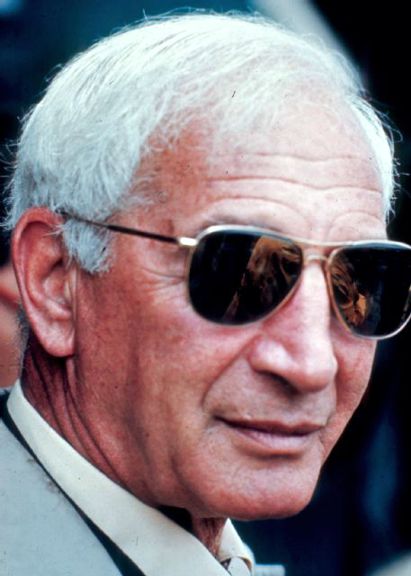
*NOTE: Some of this video is of poor quality (but is worth viewing)
2. DAVE McLELLAN: 1975 - 1992
Dave McLellan was named as the replacement for Zora Arkus-Duntov as Corvette Chief Engineer in 1975. He was a graduate of Wayne State University and his early career as an engineer saw him work at the GM Proving Ground as a Noise & Vibration Engineer.
After a move to the Chevrolet division, he was eventually assigned to work with Zora Arkus-Duntov and on Zora’s retirement in 1975 he took over as Corvette Chief Engineer.
McLellan was best known for the 4th Generation or C4 Corvette but before that could happen, he was charged with keeping the C3 Corvette alive during the low performance years of the late seventies. The main task was to keep up with the ever-increasing government emission regulations beginning with the catalytic converter in 1975.
In parallel with this, he was working on the all new C4 with an all-new chassis suspension and brakes. Over the life of the C4, McLellan introduced tuned-port injection, anti-lock brakes (before Corvette’s competitors), re-introduced the convertible and in 1992 introduced traction control.
His major achievement was releasing the mighty ZR1 model in 1990. The ZR1 set FIA World Records of over 175 mph for both 24 hours and for 5,000 kilometres (282+ kph).
Dave McLellan then began work on the 5th generation Corvette, his team defining a brand-new frame featuring a backbone structure. This new frame would be four times stiffer than the C4, and allow much improved ingress/egress, and would also meet the new requirement of fitting two sets of golf clubs in the trunk.
At the end of 1992, McLellan, after 17 years at the helm, took an early retirement and handed over his package of engineering solutions for the C5 to the newly appointed Corvette Chief Engineer, Dave Hill.
Dave McLellan was inducted into the National Corvette Museum’s Hall of fame in 1999.
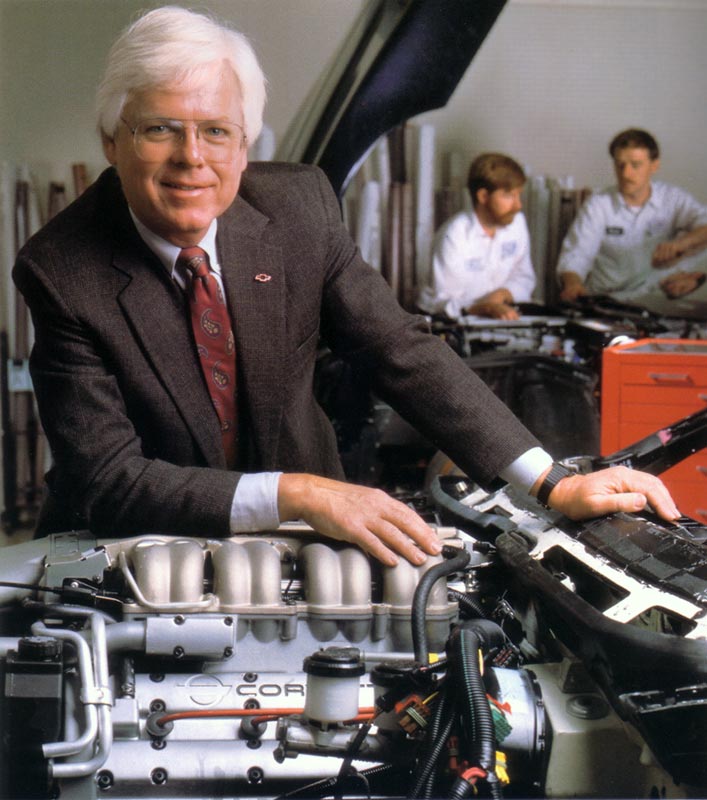
*NOTE: Some of this video is of poor quality (but is worth viewing)
3. DAVE HILL: 1992 - 2006
David C. (Dave) Hill graduated with an engineering degree from Michigan Technology University in 1965 and immediately began working for Cadillac. Working his way up, he reached the position of Engineering Program Manager for Cadillac in 1992. His passion was sports cars and he even raced a Lotus Super 7.
Hill was given the job of Corvette Chief Engineer at a time when Corvette sales were waning. Hill was known for his principles of profitability, performance and quality and this was exactly what Corvette needed at the time.
His immediate job was to stretch the life of the C4 beyond the planned life cycle from 1993 to 1996. He did this by making small improvements and adding special edition vehicles to the line-up. He developed a 40th Anniversary package, a 30 horsepower increase for the last ZR1 model, the 1995 Indy Pace Car Replica and finally in 1996, a Collector Edition and the Grand Sport.
The design of the C5, both mechanically and visually was a radical change for Corvette and during the development program, Hill had to fight hard several times for the very existence of the Corvette brand. The C5 proved to be very successful to the tune of being a sellout each year. The introduction of the more aggressive C5 Z06 with its upgraded power, brakes, suspension, wheels and tyres was enthusiastically accepted by Corvette fans.
Dave Hill created another Corvette legacy in the form of the Corvette Racing Team, which was approved in 1998. The team became multiple world-class champions and are regular winners to this day.
Hill retired in 2006 and was inducted into the National Corvette Museum’s Hall of fame the same year.
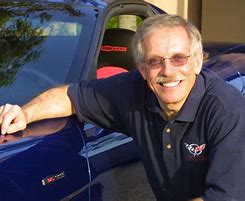
4. TOM WALLACE: 2006 - 2008
Tom Wallace was the fourth and shortest tenured Corvette Chief Engineer. Wallace was a professional race car driver in the 70s and 80s, but chose to quit his racing activities as it was interfering with his day job at Buick. He attended General Motors Institute to become an automotive engineer, graduating in 1970. In the early 80s he got his MBA at Stanford which led to a variety of chief positions with Buick, Olds, Cadillac and Chevrolet.
This performance car lover, race driver and career “car guy” became the Vehicle Line Engineer (VLE) of a wide range of vehicles, putting him in charge of everything from design-to-production, sales and service for these vehicle lines. In 2005 he was unexpectedly offered the positions of VLE and Chief Engineer for Corvette, replacing Dave Hill who was due to require. He would inherit a great team with future chief engineer Tadge Juechter as his lead engineer.
During his short tenure, Wallace’s main legacy was getting the approval and development of a program that was initially deemed too expensive, the C6 ZR1 – Corvette’s first supercharged model.
While Wallace and his team began work on the C7 in 2006, GM was headed for bankruptcy and future plans, including the C7 Corvette, had to be stopped. To save money, GM offered their top executives an early retirement package. Wallace chose this package in preference to sitting around waiting for a new Corvette development program.
Tom Wallace retained his Corvette Chief Engineer position for only 2 years and 10 months. He was inducted to the National Corvette Museum’s Hall of fame in 2018.

5. TADGE JUECHTER: 2008 - PRESENT
Tadge Juechter was born in Loredo, Texas in 1957. He achieved degrees in both mechanical and aerospace engineering, as well as an MBA at Stanford. He first worked for GM on the assembly line over his college summer holidays but was not impressed with working for the corporate giant. He couldn’t see himself working for a big company like GM. However, when a friend asked Juechter to accompany him to an interview at GM, he came along, just for fun, and ended up getting the job. He has been there since 1977.
Juechter worked his way up in the GM hierarchy, moving to the Corvette division in 1993, working under Dave Hill. His first role was keeping the C4 relevant while they developed the C5. The revolutionary C5 was released in 1997 with a lot of input from Juecheter. He impressed Hill enough to become Corvette’s assistant chief engineer in 1999, working on his third generation of Corvette, playing a major role in the development of the C6.
Tom Wallace, while chief engineer, became aware that Tadge Juechter was the brains behind the Corvette and helped promote him to chief engineer. Wallace stayed on for a short while as the VLE for Corvette, before taking his early retirement package.
With Juechter now in charge of Corvette engineering, he was given the task of developing the C6 ZR1, then the most powerful Corvette ever and the first with a supercharged engine.
When GM went into bankruptcy in 2009, the government auditor found that Corvette was one of the few carlines within GM that was making money. The order was given to immediately begin work on the C7. The C7 became the last and ultimate in front-engine Corvettes, including the astonishing 755-horsepower ZR1. While being able to match the the performance of the most exotic sport cars, the ZR1 was also a comfortable, usable grand touring machine. Although the C7 was a huge endorsement of Juechter’s engineering and leadership ability, it was still Hill’s car as it was directly evolved from the C5 and C6.
Juechter’s car is the C8. There is not much to be said on the C8 that is not already known. The eighth generation Corvette is now the most revolutionary Corvette ever and will probably break all sales records for the marque. The C8 is already the equal of most exotic sports cars, but just imagine its pecking position when the “performance” versions of the car are released – the Z06 first, then the all-wheel-drive hybrid version with its horsepower approaching 1,000.
Tadge is not done yet. His work on 5 generations of Corvette, topped by his magnificent leadership in the development of the mid-engine C8, will surely put the name of Tadge Juechter up beside Zora Arkus-Duntov in the Corvette Museum’s Hall of Fame.
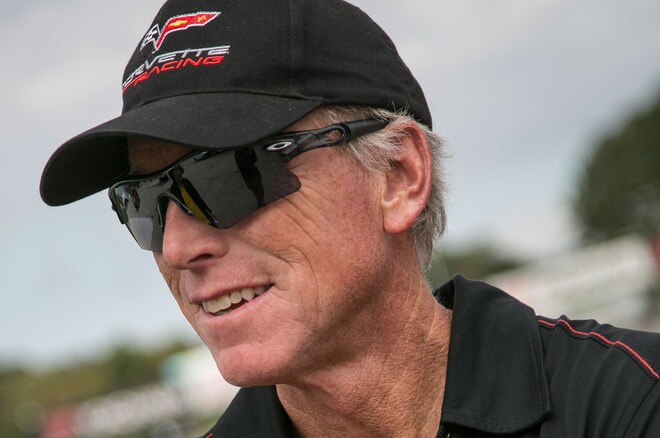
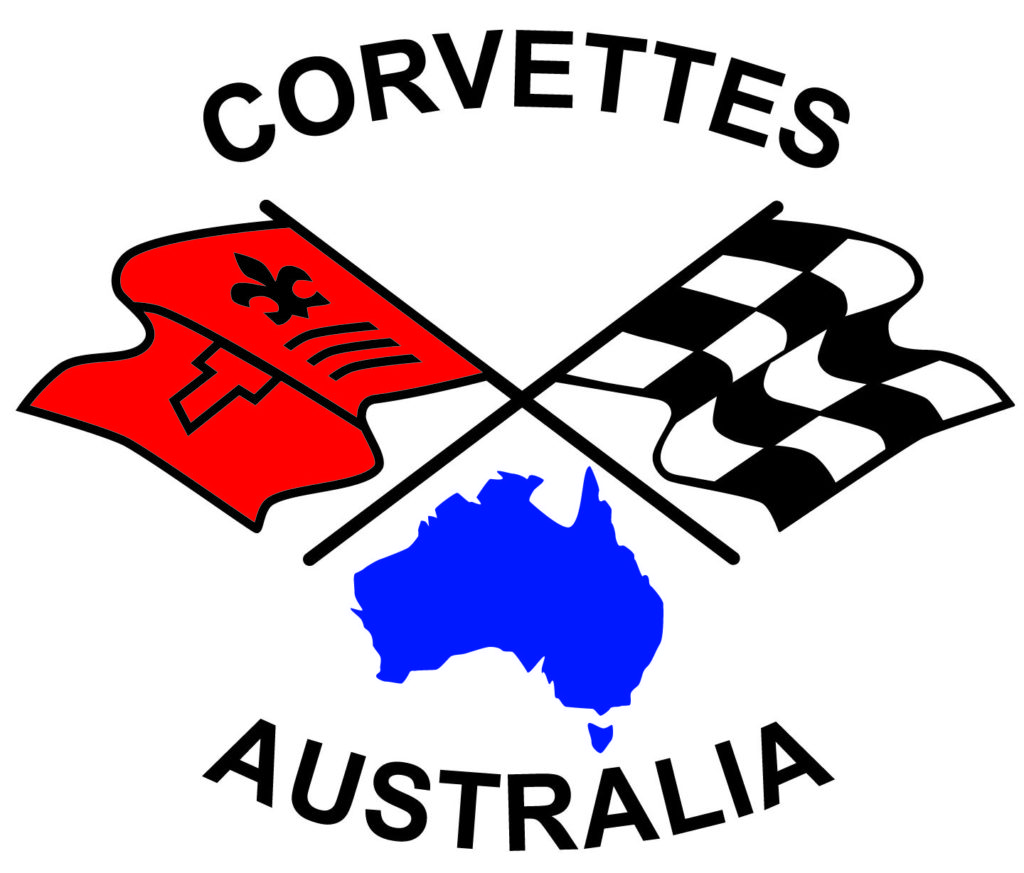
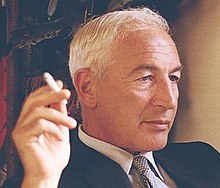
11 Responses
Happy new year, you may or may not know the answer to my question. i am # 21 at Macmulkin for the Z06 70th anniversary. i really dont want to change what i have in place. Should i wait for this package or just get the Z06? thank you
Thanks for the C8. Thats all that needs to be said.